Synthwave or New Retro Wave music (also known as Outrun) is becoming increasingly popular.
The synthwave genre draws heavily on nostalgia and the the sounds of 80s fantasy and action movie soundtracks, and combines it with modern production techniques and polish.
But how do you create synthwave yourself?
More specifically, how do you make synthwave drum patterns?
The key to an 80s drum sound is simple patterns, gated reverb, saturation, and using samples from the drum machines that were common in the 80s, such as the LinnDrum. Huge cymbals and boxy-sounding kicks were also a staple of the era.
In the rest of this article, I'll show you how you can actually create these sounds.
What Makes 80s Drum Beats sound so 80s?
Let's dive a little deeper into the iconic 80s drum sound which is commonly recreated in synthwave.
Simple Patterns
You can get away with more complicated drum patterns with synthwave music, but the majority of songs you hear will have a very simple drum pattern, usually with the kick playing on the 1 and the 3, and the snare on the 2 and the 4, with maybe a few extra hits here and there.
Very straightforward.
Gated Reverb
Gated reverb is a technique that combines strong reverb with a noise gate which will abruptly cut off the tail end of the reverb. This was discovered by accident back in 1979 by engineer Hugh Padgham and producer Steve Lillywhilte, and gained fame with Phil Collins.
Gated reverb allows for you to hear a powerful blast of reverb on your drums without the reverb muddying and overwhelming your track.
This effect is easy to hear on the snare drum in "Drive" by The Cars.
Saturation
Saturation is subtle distortion which colored the sound of the 80s due to the mechanical analog gear that was used to record and process the tracks.
This pleasant coloration is lost when using exclusively digital software and effects, but there are saturation plugins you can use to recreate this sound.
80s Era Drum Machines
Finally, you have to use the actual drum samples/sounds that were used in the 80s. Real drum kits were used, but so were a lot of drum machines.
Pick The Right Samples (Free Synthwave Drum Samples Below)
The first step to creating Synthwave drums is to use the correct samples.
A very common drum sound in the 80s came from the LinnDrum drum machine produced by Linn Electronics.
Check and see if your DAW has an 80s drum machine kit. Logic Pro X actually has a Linn Drum drum kit.

If you don't have any kind of built-in drum kit, you can click below to download free Linn Drum samples...
Or you could thinking about getting the BeatMaker VICE synthwave drum plugin by Ujam. It's absolutely amazing, and I love it (more about this below).
Pick The Right Tempo
Next you need to choose the right tempo for your song. Synthwave can tends to occupy the tempo range between 80 and 140 BPM.
Looking to make a Synthwave song but you're not sure what the tempo should be? I examined the tempos of 50 different Synthwave songs to find out what I could learn, and here is the data:I
Start With A Vintage-Influenced Kick Pattern
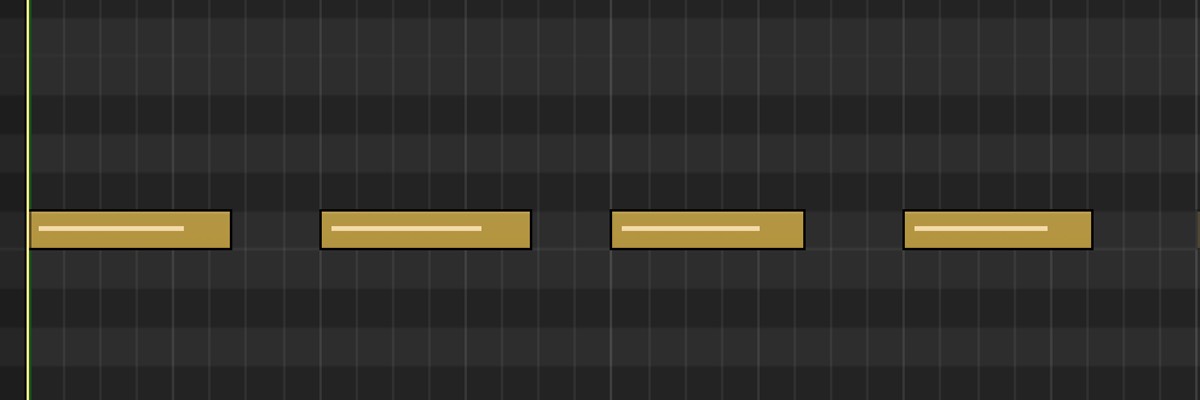
I used the Linn Drum kit in Logic Pro X in this instance. As you can see, there's not much to write home about here, and yet, there is.
This is probably one of the most simple and straightforward kick patterns you can think of, and yet it feels just so good in a dreamy synthwave song. So we're sticking with it.
I did some subtle EQ changes as well just to get a little more thud out of the kick and to remove some of the ugly boxiness.
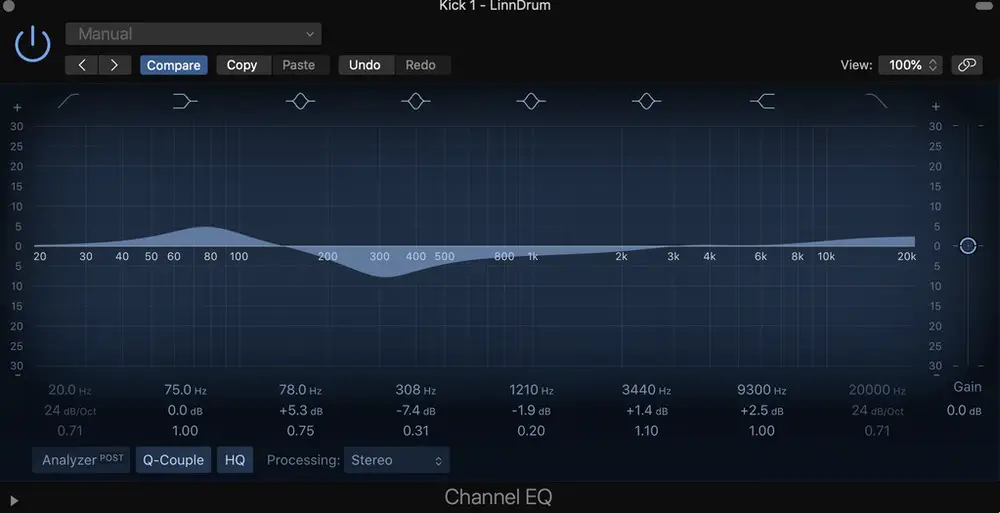
Add Snares: The Backbone of Synthwave Beats
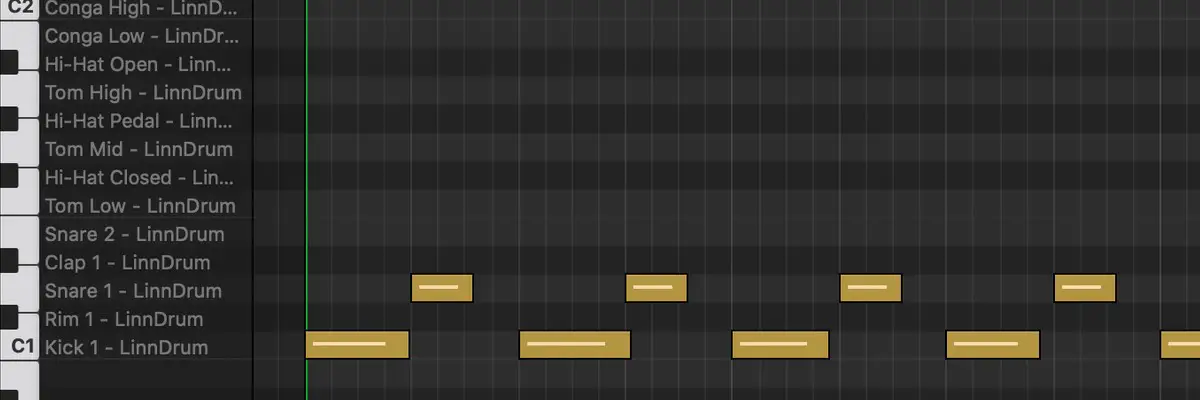
As you can see, nothing ground-breaking here either. I just added snares to the 2 and 4.
The biggest part of creating synthwave snares comes from the production, not the arrangement. In this case, we need to add some of that gated reverb I talked about earlier.
This can be done very easily. Here's now to create a gated reverb effect:
- 1Send your snare to a bus (Aux track)
- 2Add some big plate or hall reverb to the bus track
- 3Add a noise gate to the aux track after the reverb and then sidechain it to the snare

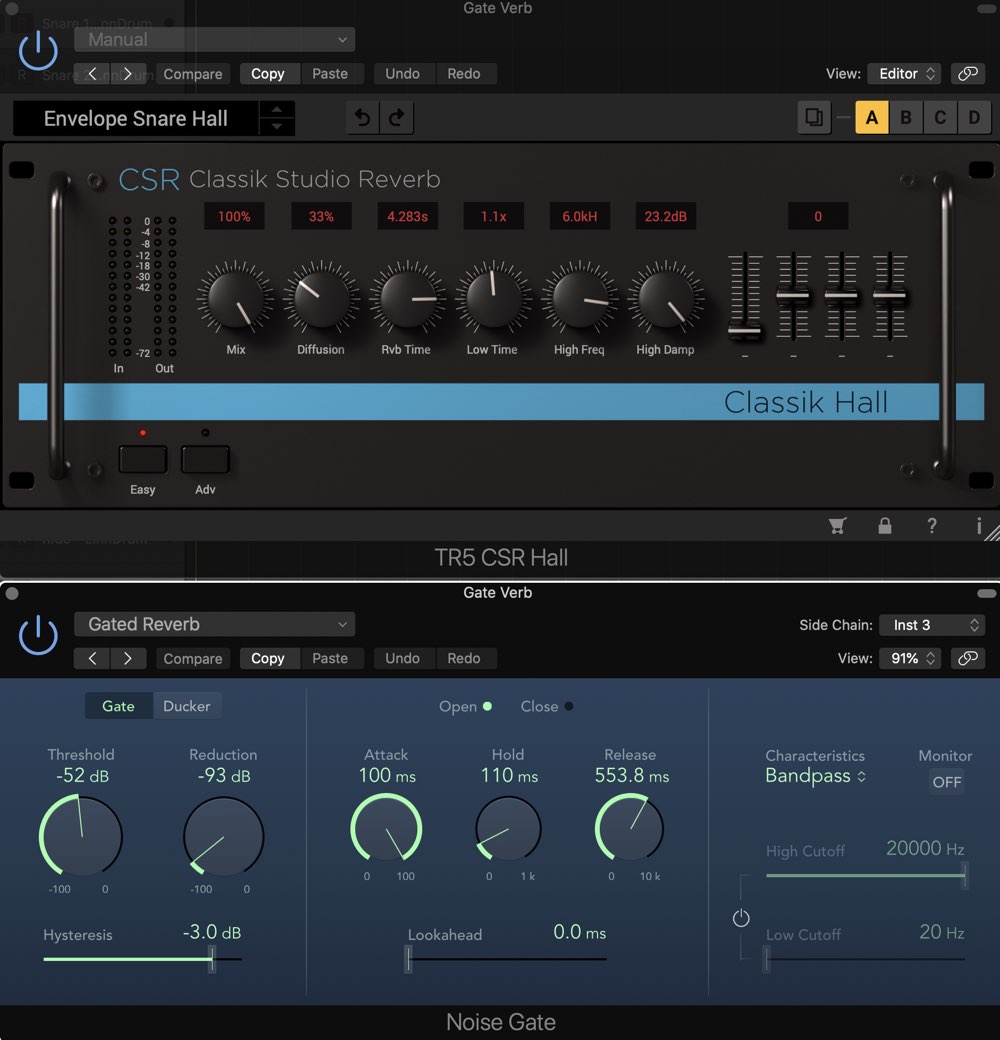
Create The Main Rhythm With A Hi-Hat Pattern
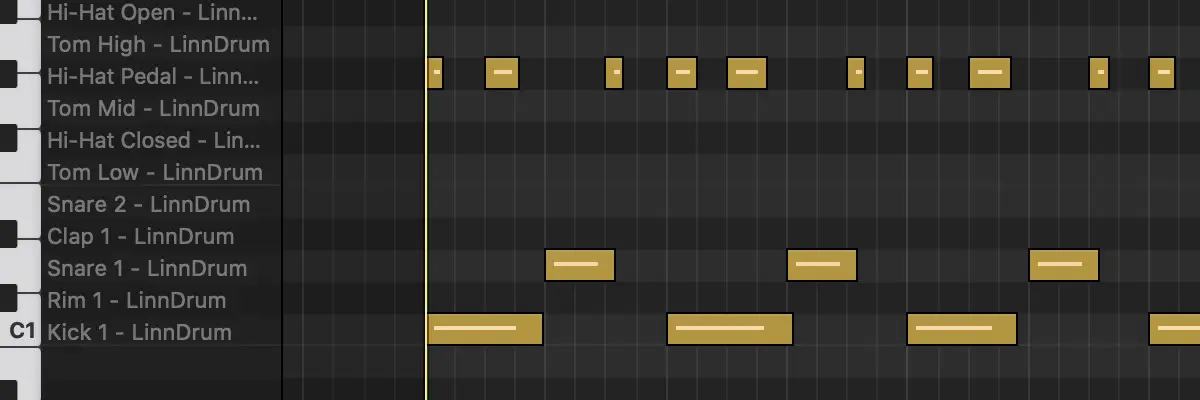
Now you can add some hi-hats as well.
Generally, the primary function of hi hats in synthwave is to fill the space between kick and snare hits. This results in a fuller beat, and allows it to drive harder. Therefore, you don't typically want the hi hats to trigger on the same hit as the kick and the snare, as it can clutter up your beat.
However, when it comes to synthwave, you can get away without using hi-hats at all if you don't want to. Or blending them so far back in the mix that they're more felt than heard.
A couple of good examples of synthwave songs that don't use hi hats are "A Real Hero" by Electric Youth & College, and and "Nightcall" by Kavinsky.
Add In Some Rad Drum Fills
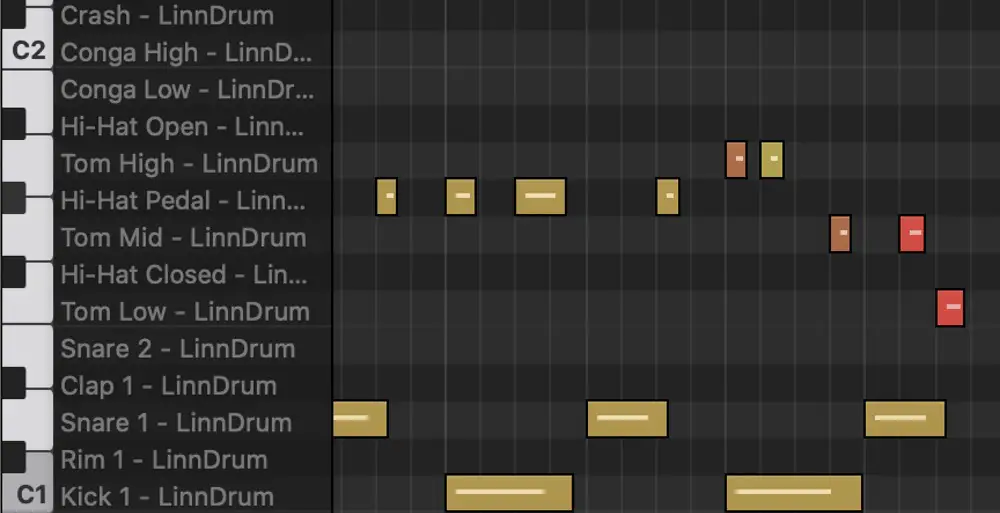
Again, something optional in synthwave, depending on what style you're going for.
But as for me, I love me a good drum fill. Unfortunately, I'm not the best at programing them.
Above you can see a really simple drum fill, but I prefer to use the BeatMaker VICE plugin for creating drum fills, as it comes with pre-programmed synthwave drum fills that you can just drag and drop into your project.
The Drum Bus
Finally, we arrive at the drum bus. I like to put some processing on all of my drums as a whole to help them "glue" together and sound more coherent.
In this case, I put on some tape saturation, compression, and parallel compression.

Here I used the Kramer Tape plugin by Waves. It gives a warmer and fuller sound to the drums.
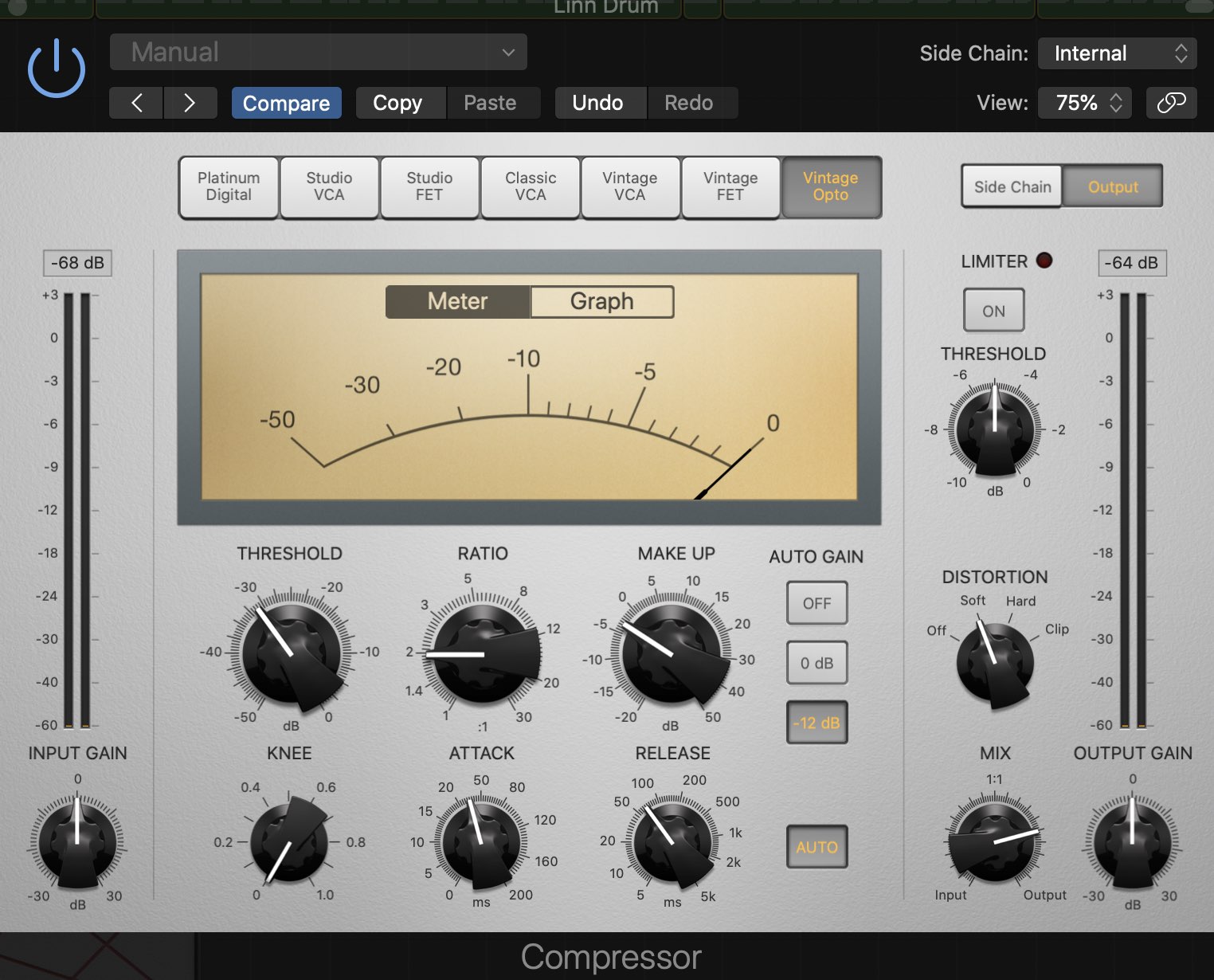
Some light compression on drums helps them to tighten the drums up and pull them together.
Finally, I put some parallel compression on the drums with the I Heart NY plugin by Baby Audio. This helped the drums to get more punch, and just over all sound better.
I love this plugin because it's the closest thing to "sound better knob" when it comes to drums.
Final Result
Okay, we've created our synthwave drums. Now it's time to hear what they sound like and get transported into a neon drenched world of electric dreams!
Here is the final Result...
Best Plugin For Creating Synthwave Drum Patterns, Fast!
Now, if you're wanting to create great-sounding synthwave drums fast, then you need to get the BeatMaker VICE plugin by ujam.
This plugin gives you:
Plus, it has an actual Delorian time machine on it! That alone makes it worth it. My three-year-old son always gasps and says, "Woooow!" every time he sees me using this plugin.
You can hear it in action here...
If you do decide to get BeatMaker VICE, and you'd like to help support me and my site, just click my link here when you go to purchase.
When you purchase through my link, I'll earn a small commission at no extra cost to you, and it helps me to be able to keep creating content like this.
Don't Forget Your Free Samples
But you certainly don't NEED to buy any plugins to create synthwave music. You can always download the free Linn Drum samples below and then start jammin' right away.
Free Synthwave Sample Pack
Just click the button below to download 191 synthwave drum and FX samples, and much more!
I hope you found this post on how to make synthwave drums helpful! If so, feel free to share, and let me know in the comments...

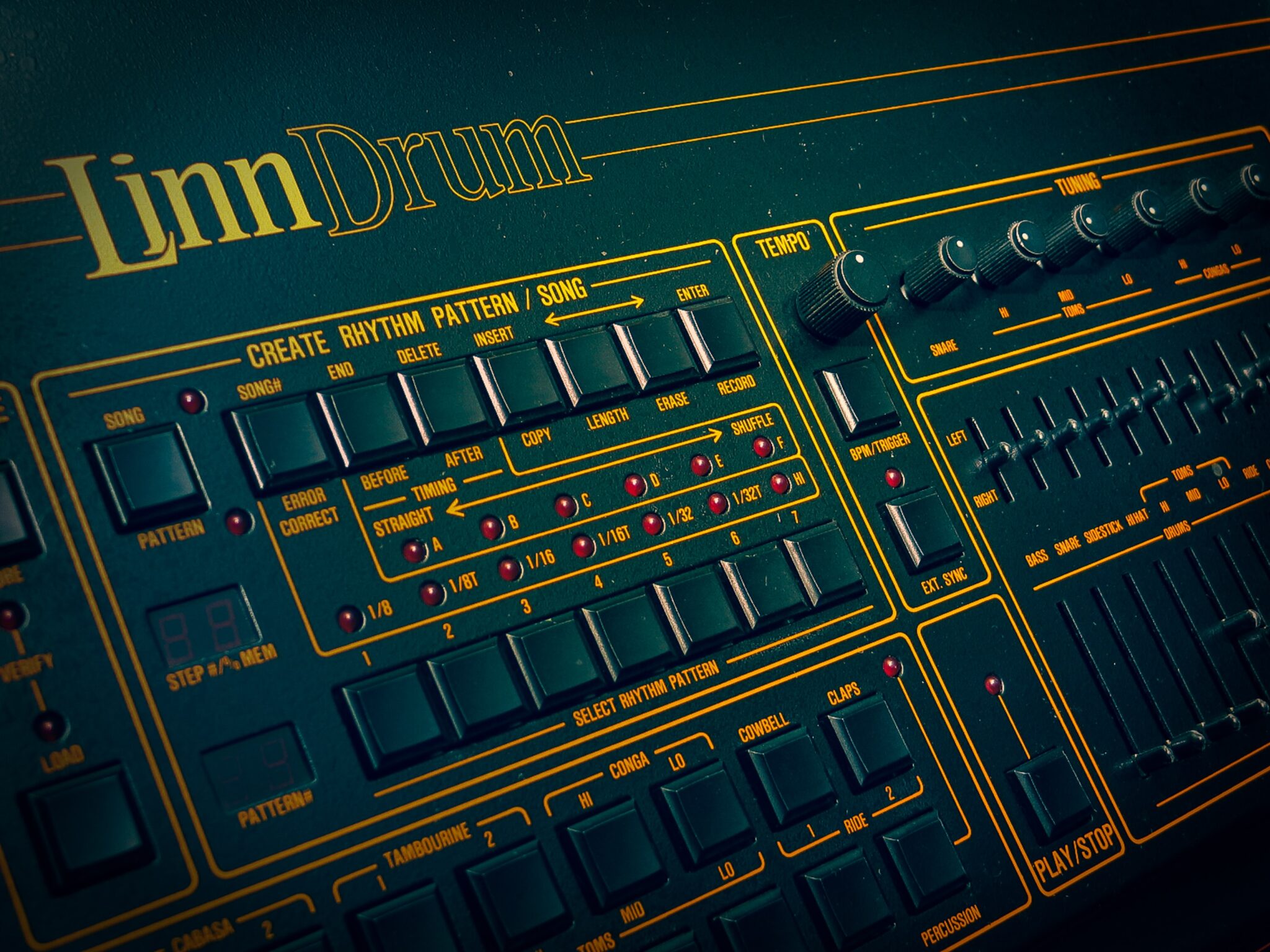
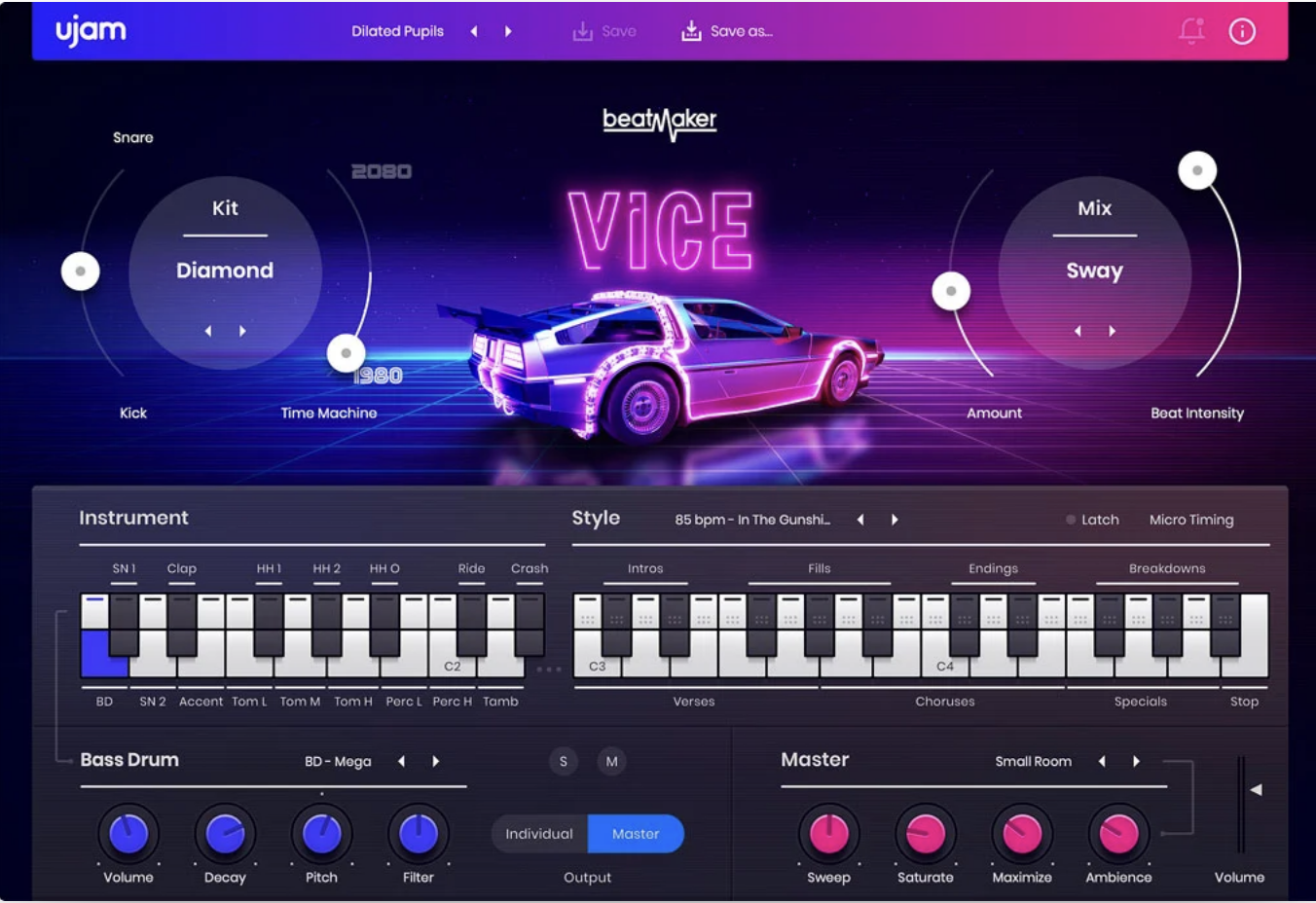
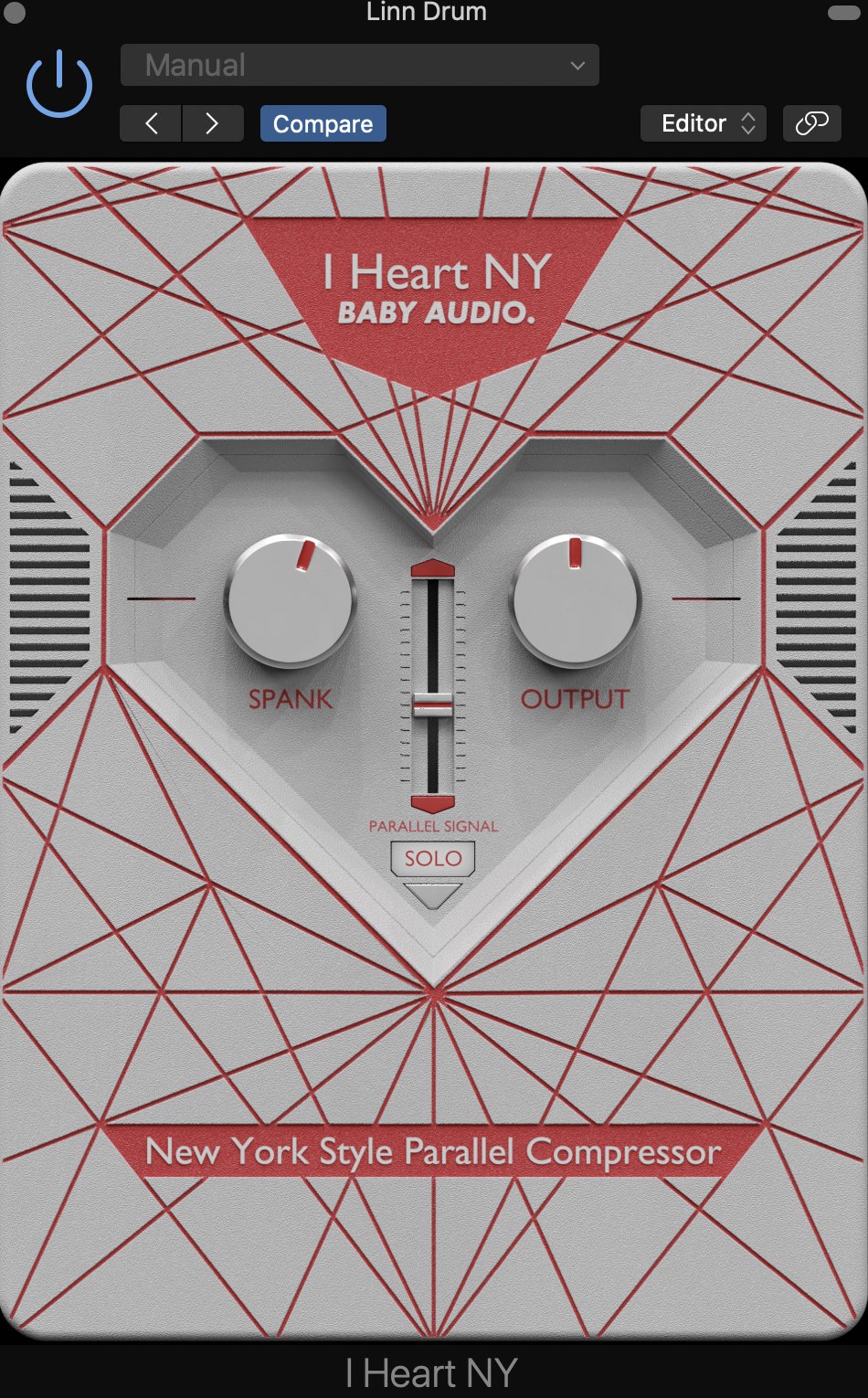
Thank you for the awesome lesson! I’m using hardware synthesizers to create my synthwave drums and bass by recording using Elektron Rytm and Access Virus as I love sketching on physical controls as more fun than programming music in a DAW.